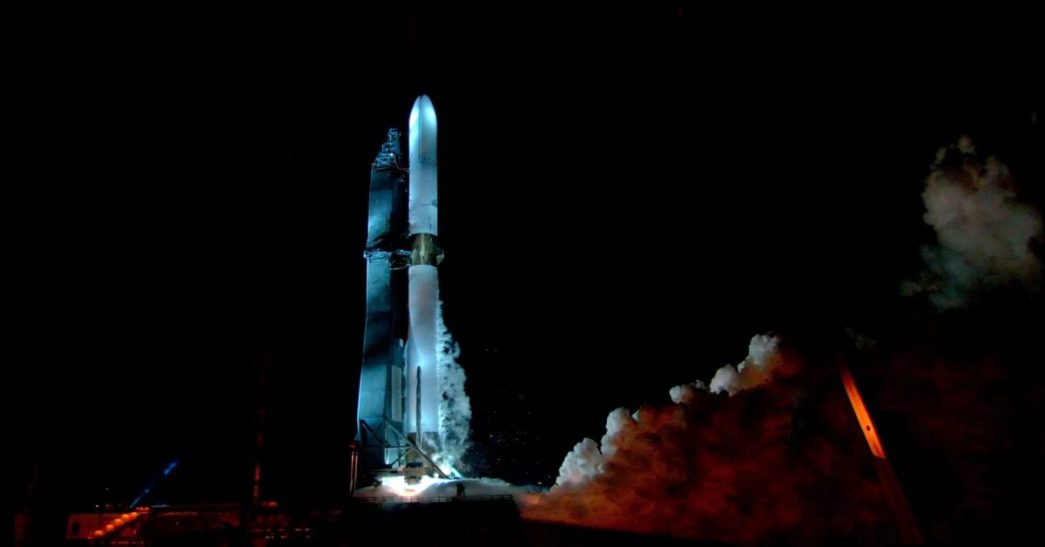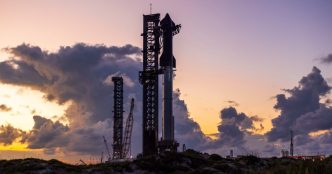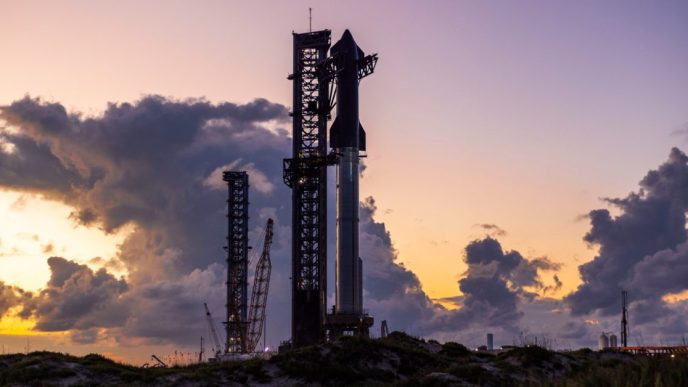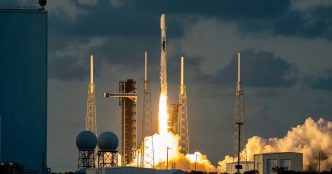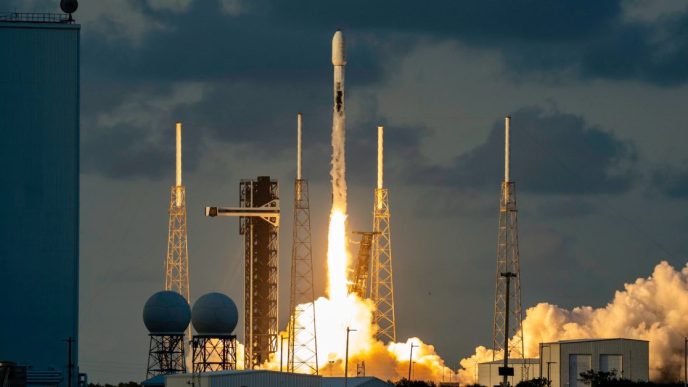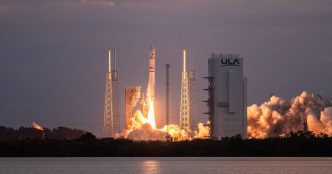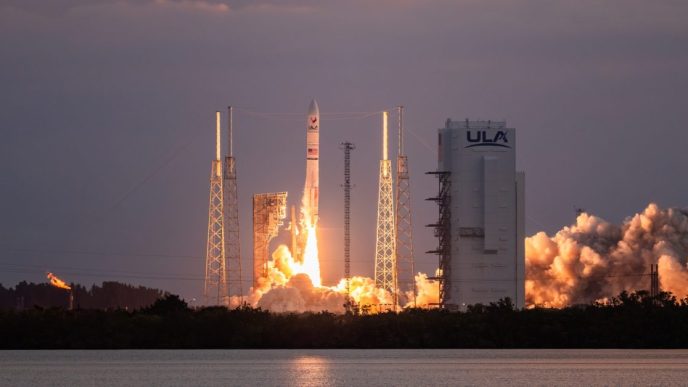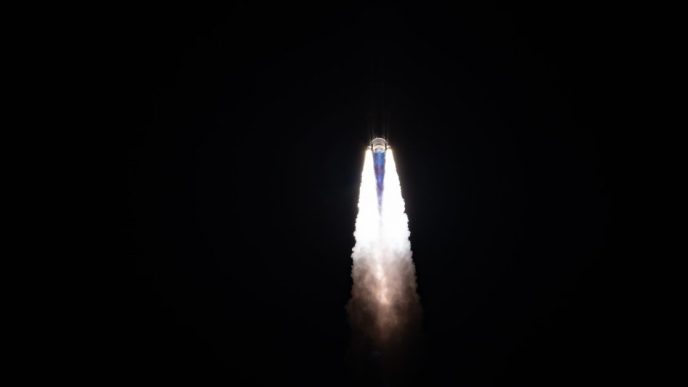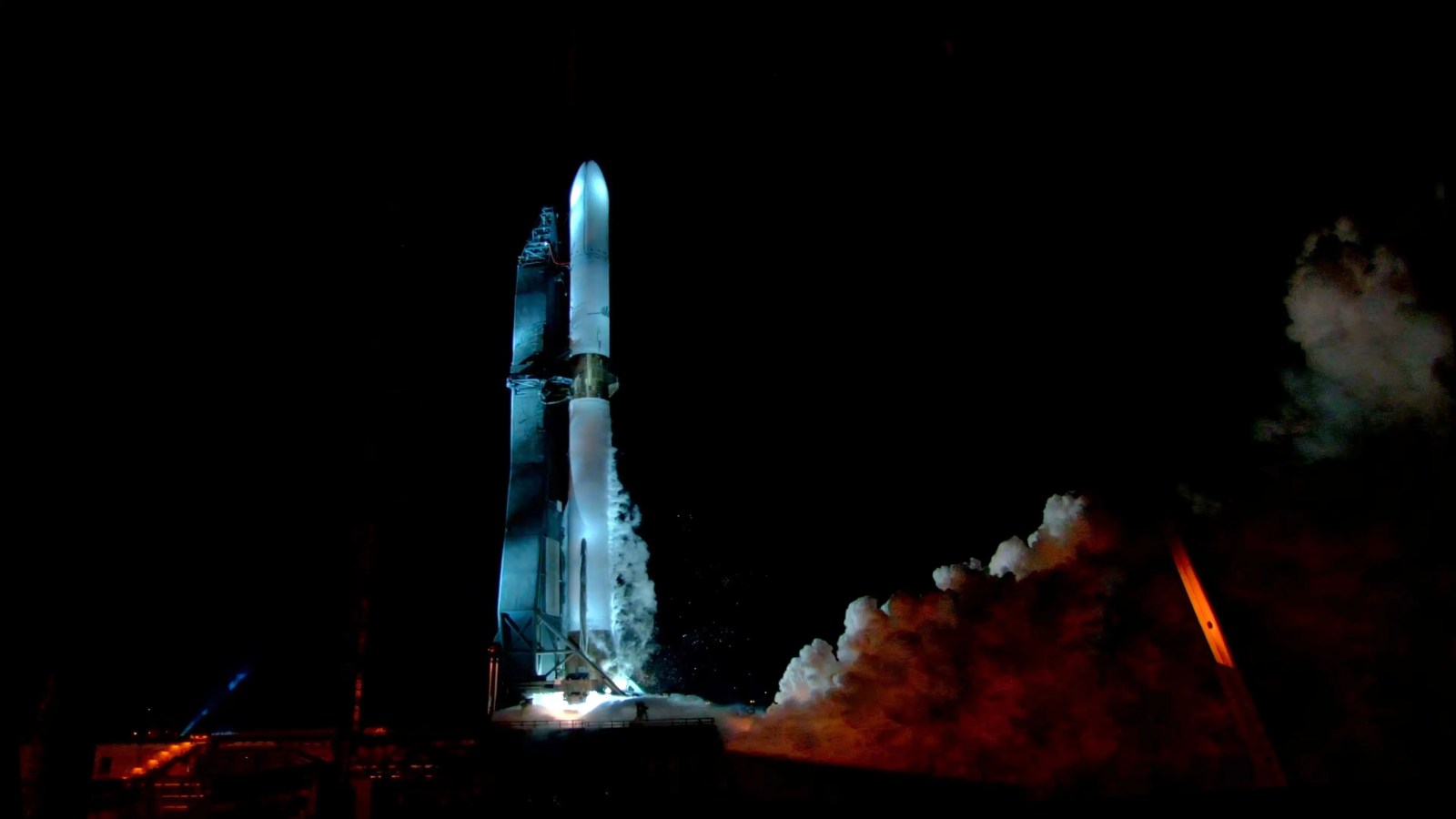
For years, Blue Origin has been preparing for the moment when its New Glenn rocket would rise from Cape Canaveral, Florida, and now the company is poised to make history. Its maiden liftoff is set to occur as soon as later this week from Launch Complex 36 at Cape Canaveral Space Force Station.
Named after astronaut John Glenn, the first American to orbit Earth, the rocket represents not just an engineering marvel but a bold step into the future of space exploration and commerce.
This rocket is no ordinary launch vehicle. At over 320 feet tall and featuring a 23-foot diameter payload fairing, New Glenn is designed to handle massive payloads – twice the volume of standard commercial rockets in its class. Its propulsion system is built around seven BE-4 engines, powered by liquid oxygen and liquefied natural gas – an efficiency-focused design that also powers the first stage of United Launch Alliance’s Vulcan rocket.
Reusability is at the core of New Glenn’s innovation. Its first stage is engineered for at least 25 flights, aiming to drive down launch costs and improve reliability, with landings planned on “Jacklyn,” a sea-based recovery vessel named in honor of company founder Jeff Bezos’ mother.
New Glenn’s inaugural flight comes after years of incremental progress, setbacks, and evolving objectives. This first mission is expected to validate Blue Origin’s ability to deploy payloads with precision and reliability.
While it was originally set to carry NASA’s ESCAPADE mission to Mars, delays have shifted the flight’s focus to a test mission for the U.S. Space Force. The payload includes hardware from Blue Origin’s own Blue Ring program, a platform designed for in-space maneuverability and flexibility, critical for defense and commercial satellite operations. This inaugural launch is also the first of two required to certify the rocket for future national security missions, an essential step for entry into the competitive heavy-lift launch market.
The science and engineering underpinning New Glenn’s development highlight the meticulous and ambitious approach of Blue Origin’s teams. The BE-4 engines underwent extensive testing at the company’s facilities in Texas and were designed to optimize efficiency and reliability under the punishing conditions of launch. The massive fairing underwent rigorous testing to ensure it could protect sensitive payloads during ascent through Earth’s atmosphere. Every aspect of the vehicle’s design reflects Blue Origin’s commitment to pushing the limits of modern rocket technology.
At the heart of the company’s mission is Jeff Bezos, whose fascination with space has driven Blue Origin’s philosophy. An avid science fiction fan and lifelong space enthusiast, he has often spoken about his vision of building the infrastructure necessary for humanity to expand into space – a vision reminiscent of the ambitions of NASA in the 1960s.
But this vision is grounded in modern realities: the need to reduce costs through reusability, the importance of commercial partnerships, and the increasing role of private companies in space exploration.
Unlike its main competitor, SpaceX, Blue Origin has been relatively quiet about its progress, with fewer high-profile tests and dramatic moments. However, the company’s steady investments have transformed Launch Complex 36 into a state-of-the-art facility capable of handling the enormous scale of New Glenn. The launch pad, recovery infrastructure, and integration facilities reflect a long-term strategy focused on consistency and reliability rather than rapid iteration.
Bezos has often cited physicist Gerard K. O’Neill’s vision of space colonies – self-sustaining habitats orbiting Earth – as a foundational inspiration for Blue Origin. The New Glenn rocket, while focused on immediate commercial and defense applications, is a stepping stone toward that long-term dream. Bezos envisions infrastructure like New Glenn enabling a future where humanity builds vibrant, livable communities in space, alleviating the pressures of overpopulation and resource scarcity on Earth.
O’Neill’s concept, once considered science fiction, feels a little closer to reality with vehicles like New Glenn on the horizon. This connection underscores Blue Origin’s dual identity: a commercial launch provider and a company quietly working to realize one of the boldest dreams in the history of space exploration.
When New Glenn lifts off, it will not just be a moment for Blue Origin, but a critical test of the company’s engineering, strategy, and ability to deliver on its promises. The implications extend beyond just commercial contracts. This is a proving ground for a vision of space that includes industry, defense, and human exploration.
Blue Origin’s motto, Gradatim Ferociter (a latin phrase that means “step by step, ferociously”), reflects the company’s deliberate approach to engineering and innovation. If successful, New Glenn’s maiden flight could mark a turning point for the company as it steps into its role as a serious competitor in the next era of space exploration – a step that could reshape how humanity approaches the final frontier.
: We use income earning auto affiliate links. .

